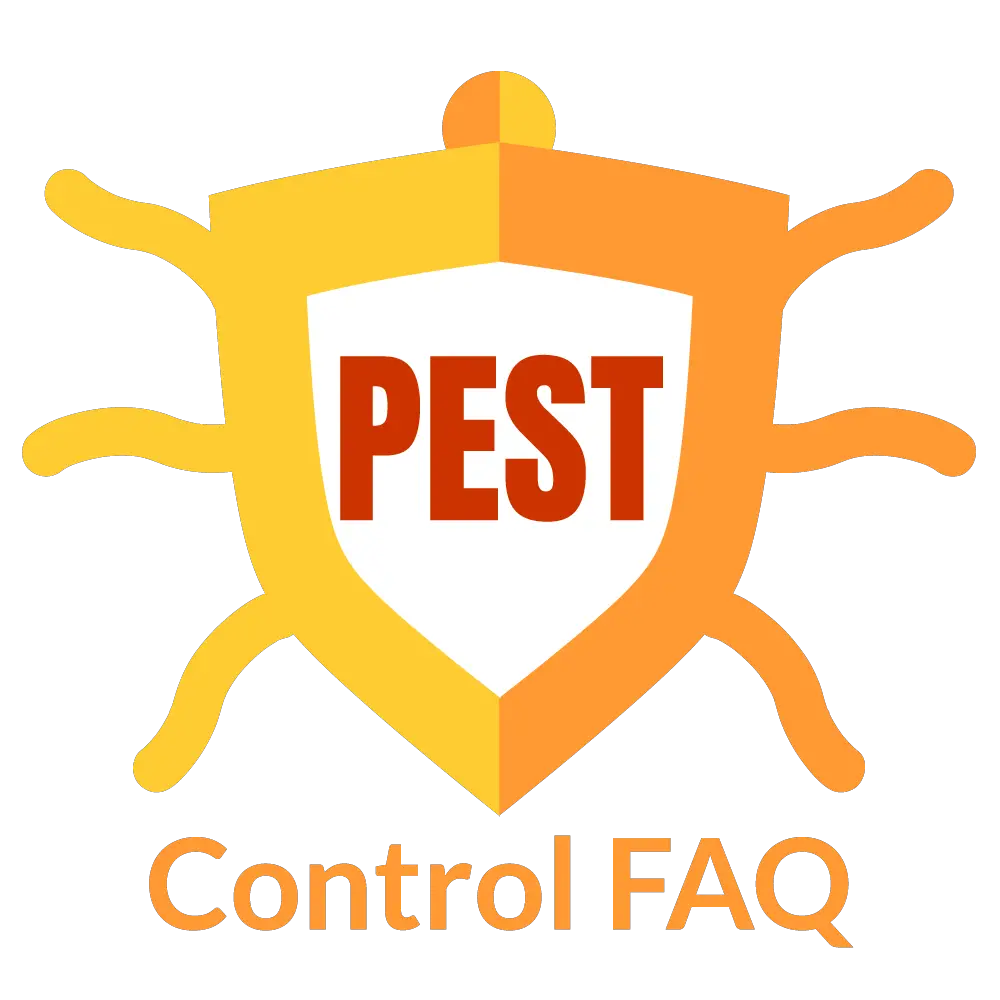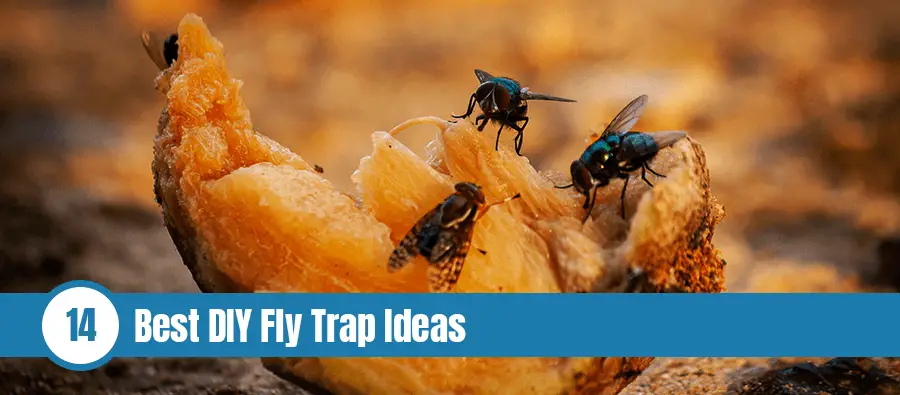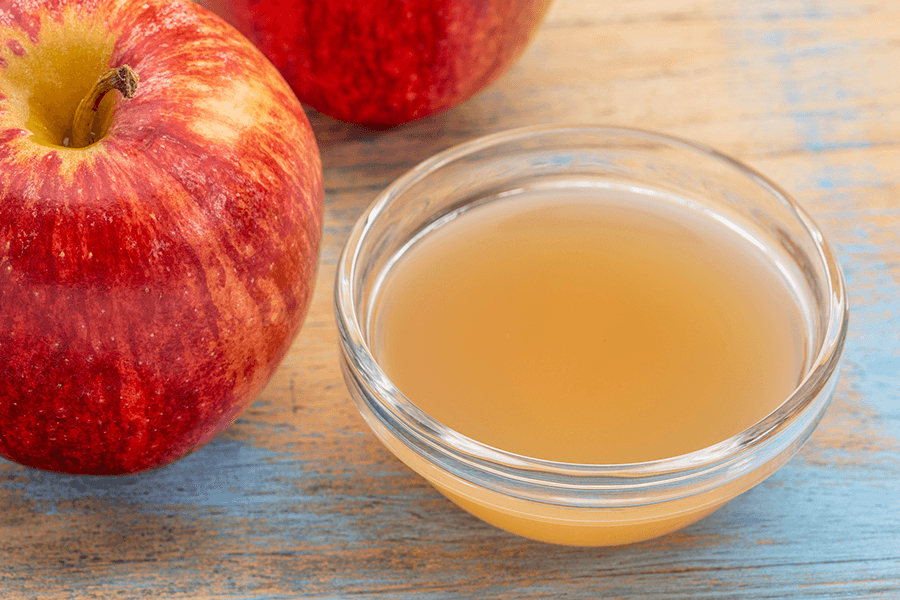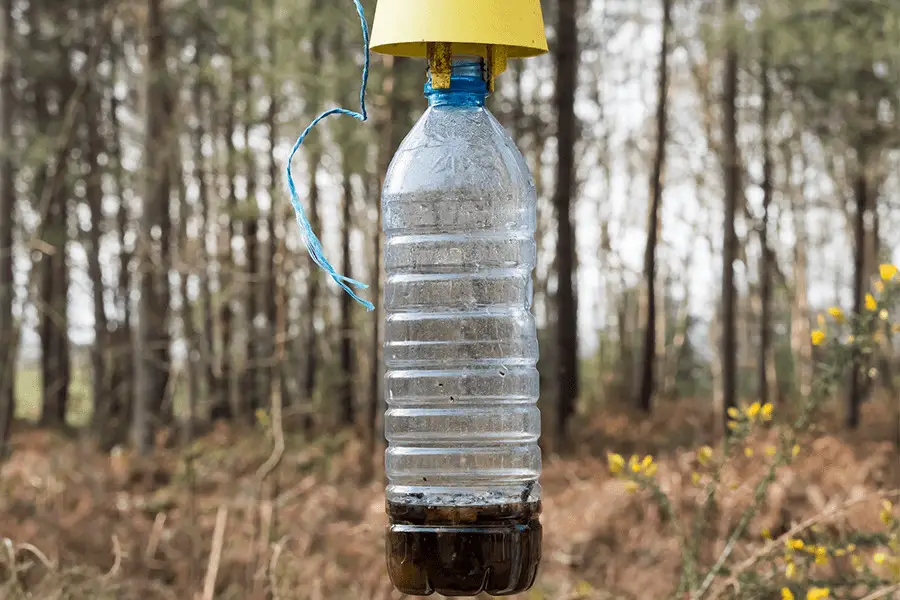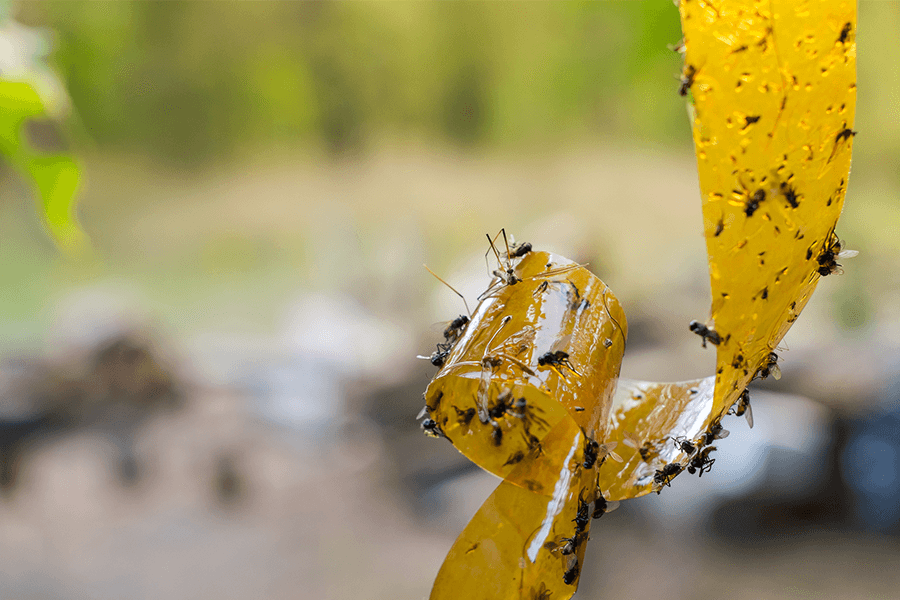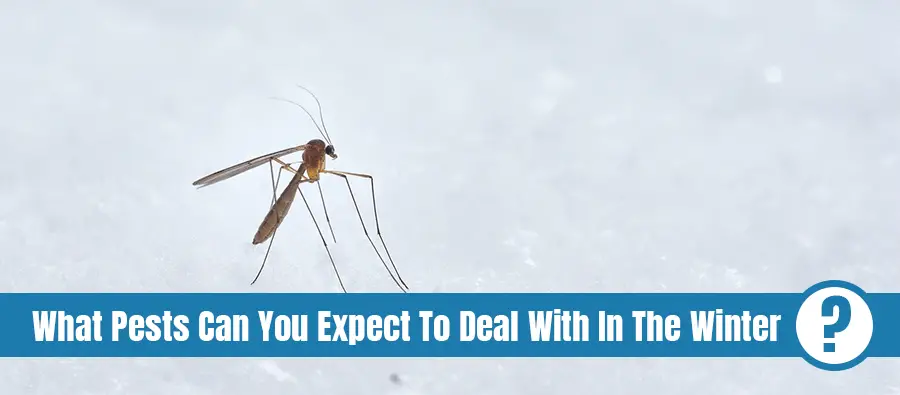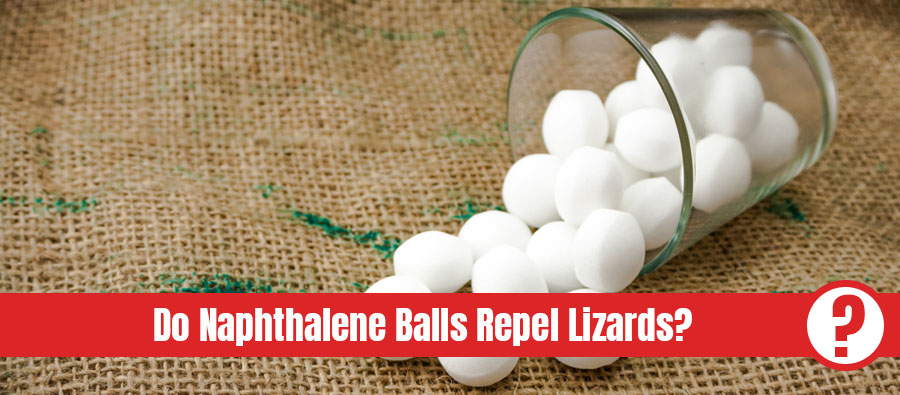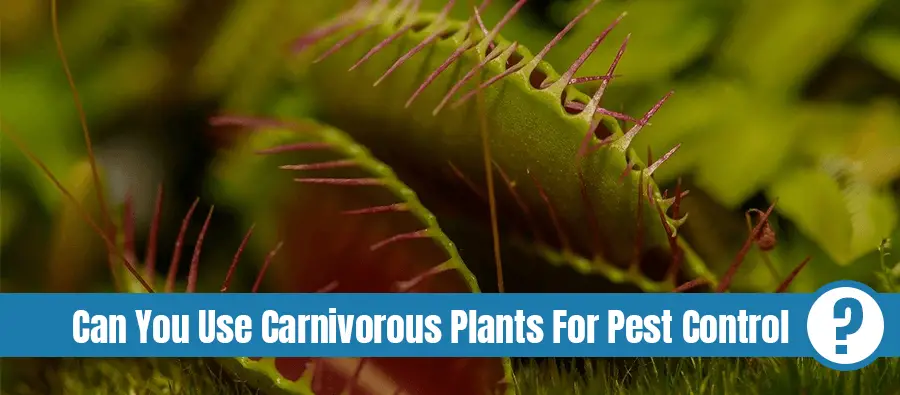Summer comes with tasty fruits, good weather, and sadly, bugs in XXL sizes. In addition to the pain of their incessant buzzing, flies carry pathogenic germs and land everywhere: on food, furniture, and worktops.
If this summer, you want to have a quiet, fly-free time, this is your post. To get rid of these unwelcome guests, we tend to quickly make a dive for chemical-based insecticides to end the misery.
However, it’s always nice to have a non-toxic alternative for the sake of our beloved pets and even for ourselves. That alternative presents itself in the form of sophisticated homemade fly traps, or even fly-eating plants!
In this article, we have listed the best fly trap ideas to stop this arrogant invasion once and for all.
Table of Contents
Why use fly traps?
There are so many dangers that pesticides present to the environment. While they kill the target species, they can spread to and harm species higher up in the food chain. Birds, for example, are infected very often when they consume contaminated insects.
In addition, pesticides pollute the air we breathe. This can also happen to water supplies to the point of making them unsuitable for drinking. It can be hard to measure all of the ways pesticides can harmfully affect health, but we do know many of the dangers.
Even with low exposure, pesticides can have serious consequences on the body, such as male infertility, cancer, as well as serious fetal malformations. Many cases of acute pesticide poisoning, sometimes fatal, have been documented in agricultural areas, where exposure to pesticides is greatest.
With all the dangers associated with pesticides, the flytrap becomes a far healthier alternative that boasts equal or even better effectiveness in comparison.
Homemade fly traps
Before we can start with the different fly bait mixtures, we need a medium. There are two very effective solutions in the form of bottle traps and glass jar traps.
The glass jar fly trap
- All you need is a glass jar and cling film (or beeswax wrappers).
- Remove the lid, and pour your prepared recipe from below into it.
- Stretch a piece of cling film or beeswax wrapper over the opening.
- Hold it in place with a rubber band and poke small holes into the film using a toothpick or pencil for a little larger holes. This will allow the flies to get in, but they will not be able to get out.
- Place your trap(s) in the most afflicted places, like the terrace, or at entry points (windows and doors).
The bottle fly trap
- Take an empty plastic bottle, rinse with hot water and remove the cap.
- Holding the bottle upright, cut horizontally just below where the bottle finishes widening from the mouthpiece. This makes an improvised funnel. Make sure this part is smaller than the body of the bottle.
- Turn over your improvised funnel and set it inside of the body of the bottle so the mouthpiece is pointing down. This is how the flies enter but are unable to get back out.
- Secure the two parts together using a stapler or waterproof tape.
- Carefully pour in your mixture.
- Puncture some holes into the bottle to hang it from branches or the ceiling.
Whatever trap you decide to go with, make sure to renew it every two weeks, or when the number of flies trapped is a little too crowded.
Best recipes to use with your DIY flytrap
Recipe # 1: sugar and yeast
- Pour ¾ cup of lukewarm water into your bottle. Immediately add ⅓ cup of sugar (preferably brown) and mix well until it has completely dissolved. Let the mixture cool.
- Sprinkle ¼ tsp. of baker’s yeast on the surface without mixing.
- Put the funnel back on the bottle and your trap is ready!
- Wait 3 or 4 days for the mixture to ferment.
The carbon dioxide released from it will attract flies for an average of two weeks.
Recipe # 2: sugar and apple cider vinegar
- Mix 1 cup of apple cider vinegar and 1 cup of sugar in a bowl.
- Pour them into any of the bottle traps above.
The smell of fermentation will attract flies and they will drown in the mixture.
Recipe # 3: apple cider vinegar and dish soap
Flies are naturally attracted to the smell of fermented apples in apple cider vinegar.
- Heat a little apple cider vinegar in a saucepan.
- Then pour in a few drops of dishwashing liquid.
This will reduce the surface tension of the vinegar. The dish soap will prevent the flies from just perching on your mixture and innocently flying away scot-free. A little heating makes the mixture more effective as it sends the aroma into the atmosphere, inviting more flies to their timely demise.
Recipe # 4: red wine
Flies are very attracted to the smell of red wine, which is why they tend to annoy you in the summer when you have lunch on your terrace with a nice glass of wine.
To kill this buzz, simply invite them over for brunch by placing a little red wine at the bottom of your trap. You can also substitute it with balsamic vinegar or red wine vinegar if you don’t want to use your good wine.
Recipe # 5: milk, sugar, and pepper
- In a saucepan, pour 2 cups of milk, ½ cup of white sugar, and ¼ cup of ground pepper.
- Simmer the mixture for 10 minutes.
- Remove from heat and let it cool down for a bit.
- After this, you can pour it into your trap. The flies will drown there after being attracted by the smell.
Recipe # 6: the peaceful DIY fly trap bait
If you don’t feel comfortable killing these winged, invasive pests, you can put an end to their insistent annoying harassment without getting any blood on your hands.
Just drop an overripe fruit into your jar and flies will be attracted. But in the absence of liquid, they will not drown, rather they will be addictively obsessed with your food. Once they are hooked and settled in, you just have to go and release them into the wild.
Recipe # 7: selective trap against Asian Hornets
The Asian Hornet (Vespa Velutina) is a very invasive pest that feeds on other insects. Beekeepers have invented techniques to neutralize them that actually work just as well on flies. They are very easy to set up and it attracts and traps flies effectively.
This method consists of pouring equal amounts of white wine, beer, and strawberry syrup into a bottle. So you could do 1 cup of each or ½ a cup of each, whatever quantity works best for your particular situation. Drill one or two holes with a ⅜ drill (resulting in holes roughly 0.4 in or 1 cm in diameter) on the top of the bottle to allow the flies (and hornets) to penetrate there.
Recipe # 8: fly trap for open spaces
This trap is intended for open spaces such as a backyard, garden, balcony, or terrace. You are going to need a plastic bottle, which you should wash well before setting the trap.
- Fill half of the bottle with water.
- Pour in ½ cup of sugar, stirring well.
- Using a funnel, add 1 tablespoon of vinegar.
- Add a whole banana peel.
- Lightly shake the bottle and put it in the garden, or you could choose to hang it.
The flies will be attracted by the smell of the liquid inside.
Recipe # 9: manure trap
Probably the most disgusting trap on this list, but as the saying goes: ‘to live in Rome, you have to think like the Romans.’ And the Romans in this scenario are the feces-loving flies.
- Prepare your plastic bottle as explained above. Cover the exterior of the trap with a black garbage bag to hide the ‘gory’ site of the crime, making sure the flies can still access the entrance holes.
- Put a small portion of manure at the bottom to attract flies.
- When they enter, it will be impossible for them to leave and they will die in a few hours.
- You should empty the containers from time to time or even replace them completely because they will be filled with flies and a bit of stench.
Recipe # 10: leaky bottle
- Simply add some manure on the base of your plastic bottle trap you’ve prepared to attract critters and hang it outside the house.
- Enjoy summer without bugs.
11. Homemade flypaper trap
It may not be the most aesthetic solution, but flypaper is particularly effective and is very easy to manufacture. It also doesn’t cost too much, allowing you to change them regularly.
- Mix two tablespoons of slightly heated honey with one tablespoon of water.
- Cut a sheet of paper in half or use a small piece of yellow tulle. The color will remind them of what they are attracted to – light.
- Coat the sheet or tulle with the sweet, sticky mixture.
- Leave to dry for a few minutes.
- Hang up high using a hook or piece of string.
- Renew this flypaper as soon as it becomes less sticky or when overwhelmed with flies.
Be warned, it is gross to touch, but it is a method that has been used for centuries. Another ingredient that works equally as effectively as honey is linseed oil. Yes, ‘gross misconduct.
You just need to mix two tablespoons of linseed oil, another two of honey, and eight tablespoons of resin. Spread it onto a strip of paper and put it near doors and windows.
The flies will stick and leave you be.
12. DIY sticky fly paper
This method is similar to the flypaper, but in this case, it is necessary to have wrapping paper (bread paper), water, sugar, and honey or liquid syrup (corn, rice, or agave).
- Cut your wrapping paper or bread paper into long thin strips.
- In a frying pan, put 1 cup of water, 1 cup of sugar, and 1 tablespoon of syrup or honey.
- Stir over low heat until the mixture becomes smooth and sticky.
- Pour it into a pan or plate and dip the paper strips into the mixture one by one.
- Hang them and wait for the flies to arrive!
13. Water bags
How could we miss the classic of classics and one of the most strangely effective methods: hanging water bags.
You can easily make your own water bag by filling a gallon-sized zip-loc bag halfway, sealing it, and hanging it in the doorway. You can consider hanging it over outdoor eating tables and other seating areas to ward off these critters.
According to some experts and many sisters-in-law, the panoramic vision of insects makes these bags frightening for them as they’ll see their reflection in giant size.
Another version that is somewhat less risky than water, is to hang CDs. Of course, you have to find them first, because they are in danger of extinction. This method has been certified to confuse flies.
14. Fly Assassins – Living Fly Traps
Nowadays, the flower market has a wide variety of species. Among them, rare breeds of plants, with strange shapes and strange behavior.
What is more magical is that they can prey on small, and flying insects, which is just what you need. Collectively they are referred to as insectivorous plants.
To stop pest infestation, all you need to do is grow, or rather hire, one of these plants to carry out the perfect assassination.
